Many bird species capture our minds with their unique features and behaviours. Among them are birds that start with the letter “I.
From the striking Indian Peafowl, with its brilliant blue and green plumage and iconic display of feathers, to the tiny but mighty Inca Wren, known for its beautiful song and acrobatic feats.
In this blog post, discover the intriguing world of birds that start with the letter “I.”
Names of Birds beginning with the letter I – With Pictures
Indian Eagle Owl

The Indian Eagle Owls are birds that start with I. Their natural habitats include hilly grasslands and rocky scrub forests of southern Asia.
These majestic creatures are easily identifiable by their large size, prominent ear tufts, and mottled brown and grey feathers. They have a wingspan of 50 to 60 inches, making them one of the largest owl species in the world.
They are skilled hunters, preying on various animals such as rodents, reptiles, and other birds.
Inca Doves
The Inca Dove, the bird beginning with I, is found in natural habitats such as cities, towns, parks, and farms. These birds are found in South America and Central America.
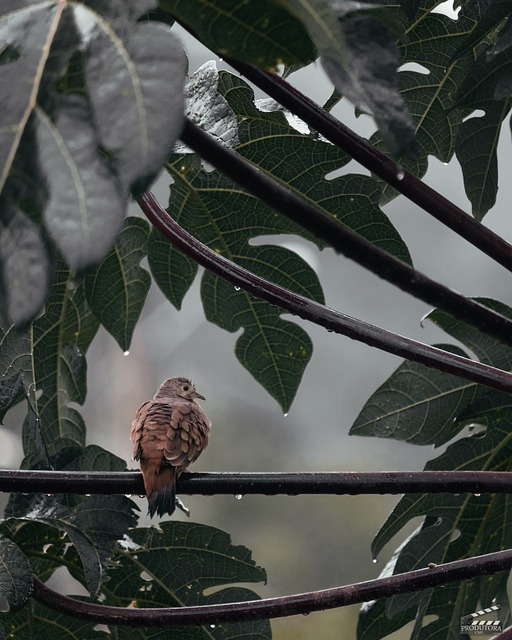
These doves are small, slender bird pigeon-like birds. Their bodies are covered with a scaly brown, grey, and white feathers pattern. Their call is like a “quiet rattling noise“.
The Inca dove has bright red eyes, a black spot on their beaks, and long tail feathers. These birds are known for their tendency to form large flocks.
Indigo Capped Hummingbird
Birds that start with I include the Indigo-Capped Hummingbird. The natural habitat of this small bird includes open woodlands, borders of subtropical wet forests, shrubby clearings, dry open habitats, and gardens of Central Colombia.
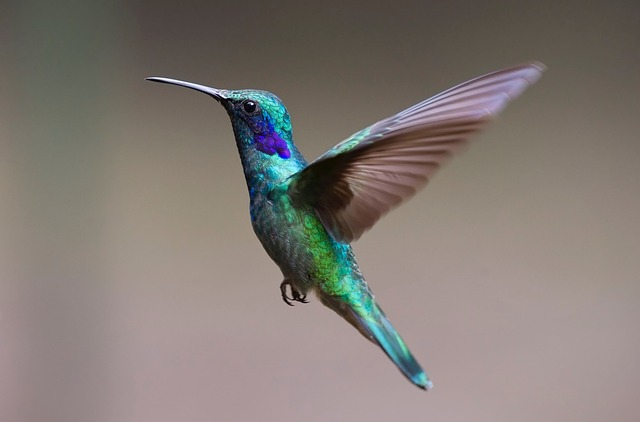
These birds have bright indigo caps, greenish-blue feathers, glittery green upper parts with a glittery bronze on the lower back, and a grey bill. They’re typically found in tropical forests, where they feed on nectar from flowers and small insects.
They are also known to inhabit coffee and cacao plantations. These birds are agile fliers and can hover in place while sipping nectar from flowers. Despite their small size, Indigo Capped Hummingbirds play an important role in pollinating plants.
Intermediate Egret
Intermediate egrets are birds that start with an elegant appearance. The Intermediate Egret is a medium-sized white bird found in various natural habitats, including marshes, swamps, and wetlands. They are native to Australia, East Africa, and Central Asia.
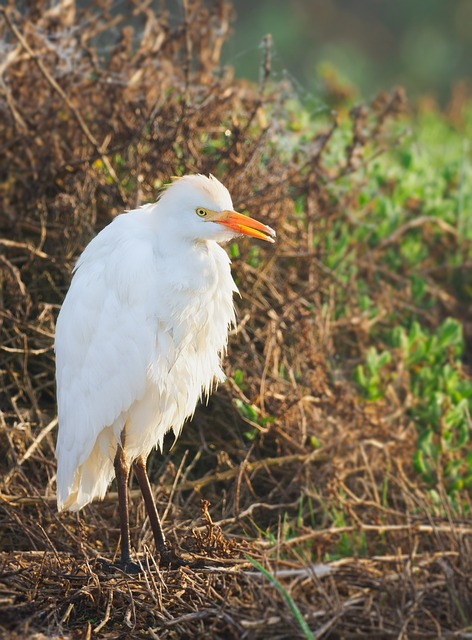
The Intermediate Egrets are a heron species known by several other names, such as “Median Egret, These medium-sized herons are mostly white, with slender necks, longlegs and a yellow beak.
These birds beginning with I, are often seen wading in shallow water to prey on small fish and insects. Despite their widespread distribution, intermediate egrets are threatened by habitat loss and pollution.
Ivory Gulls
These birds typically inhabit Arctic Canada, Greenland, and the northern islands of Russia. Their natural habitats include cliffs and rocky coastlines.
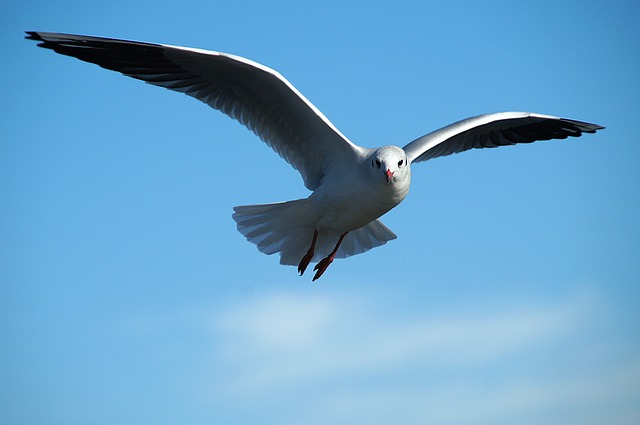
The Ivory Gull has a distinctive appearance of pure white plumage with a grey or orange beak, black legs, and webbed feet. They have a medium-sized body, measuring about 44 cm in length and a wingspan of 47 inches.
The ivory gull is highly adapted to harsh environments. With their feathers, they get insulation against the cold weather. Their keen sight sense allows them to spot prey from great distances.
Unfortunately, the ivory gull faces threats from climate change, pollution, and habitat loss, which has led to declining populations in recent years.
Imperial Amazon
The Imperial Amazon, also known as the Imperial Parrot, found in their natural habitats include mountain forests and rainforests of the Dominican amazon.
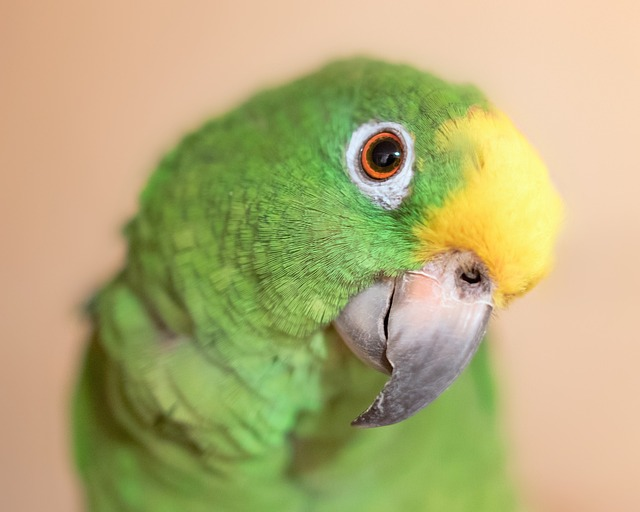
It is a stunning bird with green plumage, bright yellow or greyish face, and a reddish-brown tail. During the mating season, which typically occurs between February and April, the Imperial Amazons build their nests in tree cavities or abandoned nests.
The population of the Imperial Amazon is suffering through major threats due to habitat destruction and illegal poaching for the pet trade.
Ivory Billed Woodpecker
The Ivory-billed Woodpecker is a strikingly beautiful bird with black and white plumage and a bright red crest on its head. It has a straight ivory-coloured bill, giving it its name “Ivory.” These birds are known for their large size, with adults measuring up to 20 inches long.
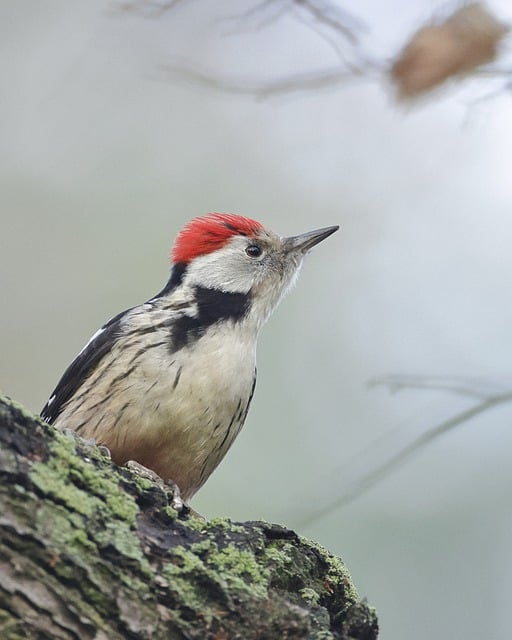
The Ivory-billed Woodpecker was once found throughout Texas, and Florida, from the Gulf Coast to the Carolinas. They are now marked as critically endangered bird species. Their natural habitats are dense forests, and they nest in cavities of tall trees.
The breeding time of the Ivory-billed Woodpecker typically comes in December, when they create new cavities or use existing ones to lay their eggs. They’re believed to be monogamous and mate for life.
Island Thrush
The Island Thrush, or Bonin Thrush, is a small bird that reaches up to 22 centimetres long. It has a dark brown upper body and a lighter brown underbody.

During the mating season, the males have a more vibrant orange-yellow beak and eye-ring than the females. Further, the Island Thrushes are endemic to the Bonin Islands of Japan and can be found in various habitats such as forests, shrublands, and grasslands.
They primarily feed on insects, earthworms, and small fruits. Their breeding season typically occurs from late April to early June, when they build cup-shaped nests made of twigs and grasses.
Due to habitat loss and invasive species, the Island Thrush population has declined, and they are now considered vulnerable species.
Iris Lorikeet
The Iris Lorikeet is a small, brightly-coloured parrot endemic to Indonesia. It has a beautiful appearance with bright green plumage and greyish-blue patches on its head.

During the breeding season, which typically occurs between August and January, the Iris Lorikeet can be found in various habitats, including eucalypt forests, woodlands, and coastal scrubland.
They often nest inside trees, laying 2-3 eggs per clutch. They feed on nectar and pollen from flowering plants, insects and their larvae.
Iceland Gull
Iceland Gulls are found in the Arctic regions, including Greenland, Iceland, and northeastern Canada. The Iceland Gull is a medium-sized bird with white plumage and a yellow bill. They have a wingspan of around 45 to 59 inches and weigh around 860 grams.
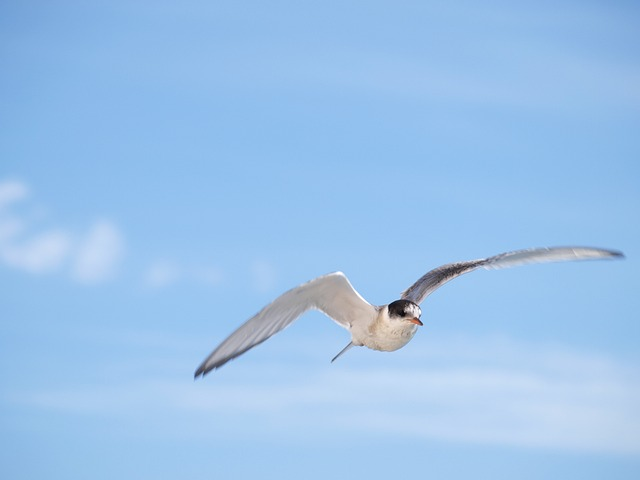
They prefer to nest in rocky coastal cliffs or tundra habitats near water bodies. During the non-mating season, they can be found along the coastlines, in harbours, or near dumpsites where they search for food.
These gulls are opportunistic feeders and consume a variety of prey, such as fish, crustaceans, insects, and small mammals.
Indian Vulture (Gyps indices)
The Indian Vulture’s natural habitat includes grasslands, forests, and scrublands throughout India, Pakistan, and Nepal. This a large bird with black wings, reaching up to 7 inches. These birds have a pale yellow bill, greyish neck and dark and light brown feathers.
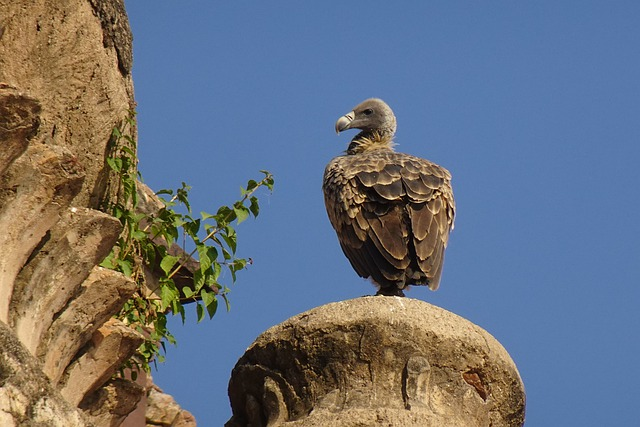
During the mating season, the Indian vulture form pairs and build nests on tall trees or cliff ledges. They lay one to two eggs, and both parents are responsible for incubating and feeding their chicks.
These birds are scavengers and play an essential role in the ecosystem by consuming carrion and cleaning the environment.
Ibis (White Ibis)
They are commonly found in freshwater and saltwater habitats such as marshes, swamps, and wetlands throughout northern and eastern Australia. It’s commonly known as yellow-billed Egret.
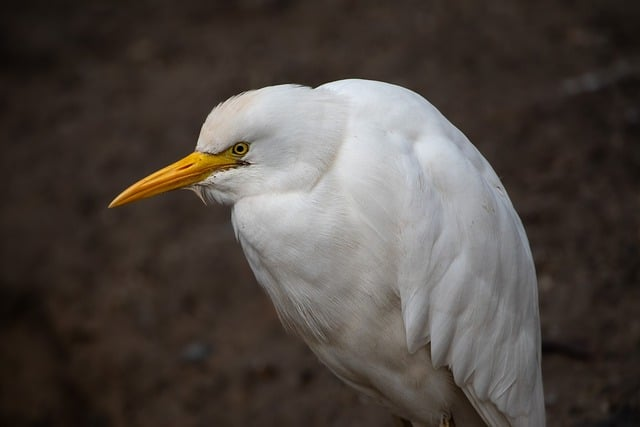
The White Ibis is a wading bird species with white plumage, black wingtips, and a long down-curved bill.
In mating season, which typically arrives in February, it remains till October. White Ibises nest in colonies on tree branches or in dense shrubs. They lay two to five eggs, incubating for about three weeks.
Once breeding season finishes, the white Ibises typically disperse and can be found in a wide range of habitats for food.
Invisible Rail
The Invisible Rail (Habroptila wallace) is a small bird species known for its elusive and secretive nature. As its name suggests, it is incredibly difficult to spot due to its black wings, which blend perfectly with its natural habitat of dense lowland forests.
The Invisible Rail is found primarily in the forests of Northern Maluku, Indonesia, and its natural habitats are the rainforests, swamps, and scrublands.
In their mating season, which occurs from March to June, the male becomes more vocal, using a variety of calls to attract a mate.
Indigo Bunting
The Indigo Bunting is a small, brightly blue bird with blue wings, tail and silver grey bill. Males are a deep, vivid blue, while females are brown and blue.
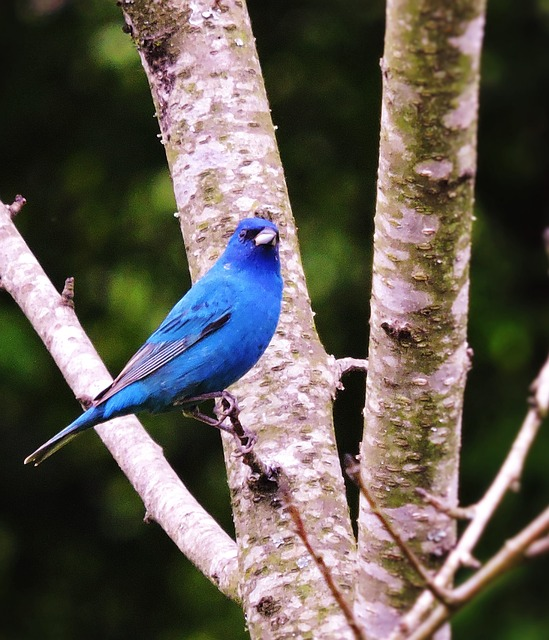
Indigo bunting lives in grasslands and open woodlands of eastern and central North America.
The indigo bunting migrates to Central America and northern South America for the winter. In the mating season, the indigo bunting builds their nests low in bushes or ground, using grasses and bark.
Indian Skimmer
The Indian Skimmer is a unique bird species found in the Indian subcontinent. It has a distinct appearance with a thick yellow bill black cap longer than its head.
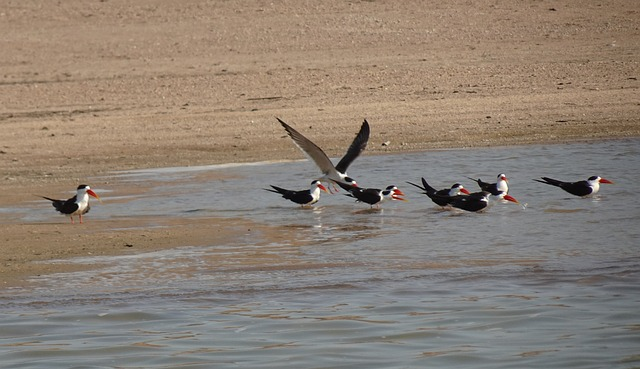
The bird also has a black cap on its head, contrasting sharply with its white underparts. The wings are long and narrow, with black wings.
Indian Skimmers are found near rivers and large water bodies, primarily in northern and eastern India. They prefer shallow waters where they can skim their bills through the surface to catch their prey, small fishes.
Ibisbills
Ibisbills are found in high-altitude areas near rivers and streams in several countries, including India, China, Nepal, Bhutan, and Mongolia. They live in rocky areas and feed on insects and small fish.
Their most distinctive feature is their long downward-curved bill, bright red with a black tip. The rest of their plumage is white, with a black breast band and a black stripe across their eyes.
Ibisbills are striking birds with unique features that set them apart from other water birds. So this was all about it. You can read more about other alphabets like birds with letters h and birds starting with d here.
Finally, checkout the entire series of birds that start with or begin with the letter: A, B, C, D, E, F, G, H, I, J, K, L, M, N, O, P, Q, R, S, T, U, V, W, X, Y, Z.
Q. What is a bird that begins with I?
Many birds start with I. Some are the Indian eagle owl, intermediate Egret, Inca wren, and Iago sparrow.
Q. What are the five types of I birds?
The five types of birds are Iceland gull, Indian Skimmer, imperial amazon, Inca dove, and iris lorikeet.
Q. What nocturnal bird starts with I?
The Indian eagle owl is a nocturnal bird that starts with I.








